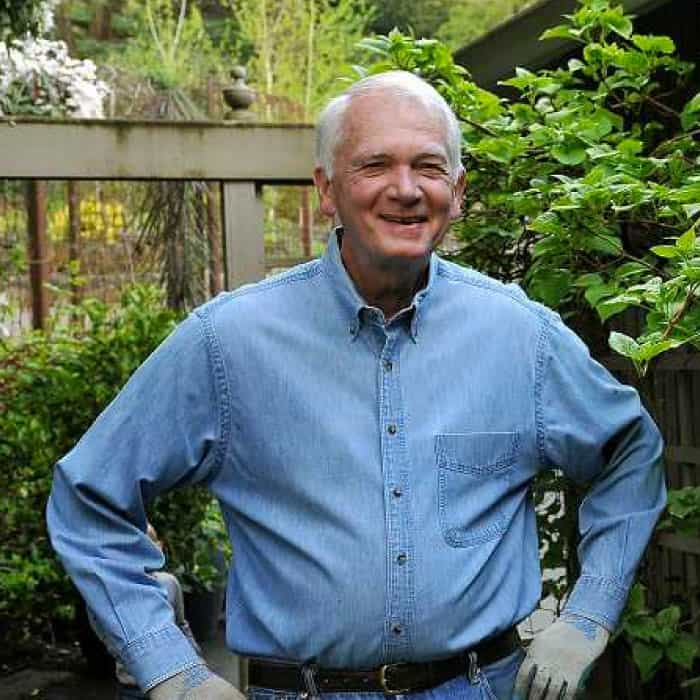 Earlier this week, I stopped in the Wilco Canby store to check out their tomato selection. WOW! It is very impressive. They have a huge selection to choose from and instead of all their plants being in 4″ pots, they also have some larger sizes. I believe that tomato growing weather is finally here.
Earlier this week, I stopped in the Wilco Canby store to check out their tomato selection. WOW! It is very impressive. They have a huge selection to choose from and instead of all their plants being in 4″ pots, they also have some larger sizes. I believe that tomato growing weather is finally here.
Unless you have a particular variety that you are seeking, it is a good idea to check the plant label in each pot. It will give you a brief description of the particular tomato, including the days to harvest which is the approximate time it takes from setting out transplants until maturity. Remember, we live in the Pacific Northwest and weather can certainly play a role in harvest dates, so the days listed should be used as a guide not as an absolute.
Tomatoes are generally classified into two groups, determinate and indeterminate. A determinate type will reach a certain height and stop growing with the fruits ripening about the same time. Indeterminate types continue to grow all season and would grow indefinitely if not killed by a frost. Indeterminate tomatoes have fruits developing over the entire season. Most labels will provide this information, although it may be abbreviated as ‘Det’ or ‘Ind’.
Several tomato names to look for that have been developed at Oregon State to perform well in our area are; ‘Legend’, ‘Oregon Spring’ and ‘Siletz’. These all tend to be early ripening. A tomato developed in the former Czechoslovakia is one called ‘Stupice’. Initially it was difficult to find but is now widely available and Wilco has it. I hear very good things about ‘Stupice’ from other gardeners with one gardener telling me that in his garden, it was the first to ripen and also the least, meaning that it produced all season.
The large slicing tomatoes tend to ripen later in the season and usually our autumns are warm enough for them to come into harvest. I would not suggest planting your entire crop of late ripening varieties at once – mix up the harvest day listing to have production throughout the season.
If space is a limiting factor or if you have a balcony or patio, consider planting tomatoes in a container. There are patio-type tomatoes specifically bred for container growing.
Tomatoes like a full-sun location. Without it, the plants may produce lots of foliage but little fruit. They also need some support, and tomato cages are an easy way to provide it. Unlike many other plants, tomato plants like to be set deeper in the soil, so take off the lower leaves and bury several inches of the stem. Roots will form all along the buried stem and help to provide support for the plant.
If you talk to different gardeners about their favorite tomato, you will probably get many different answers. It seems as though everyone has a favorite and if you are new to tomato growing, you will also soon have your own favorite.

